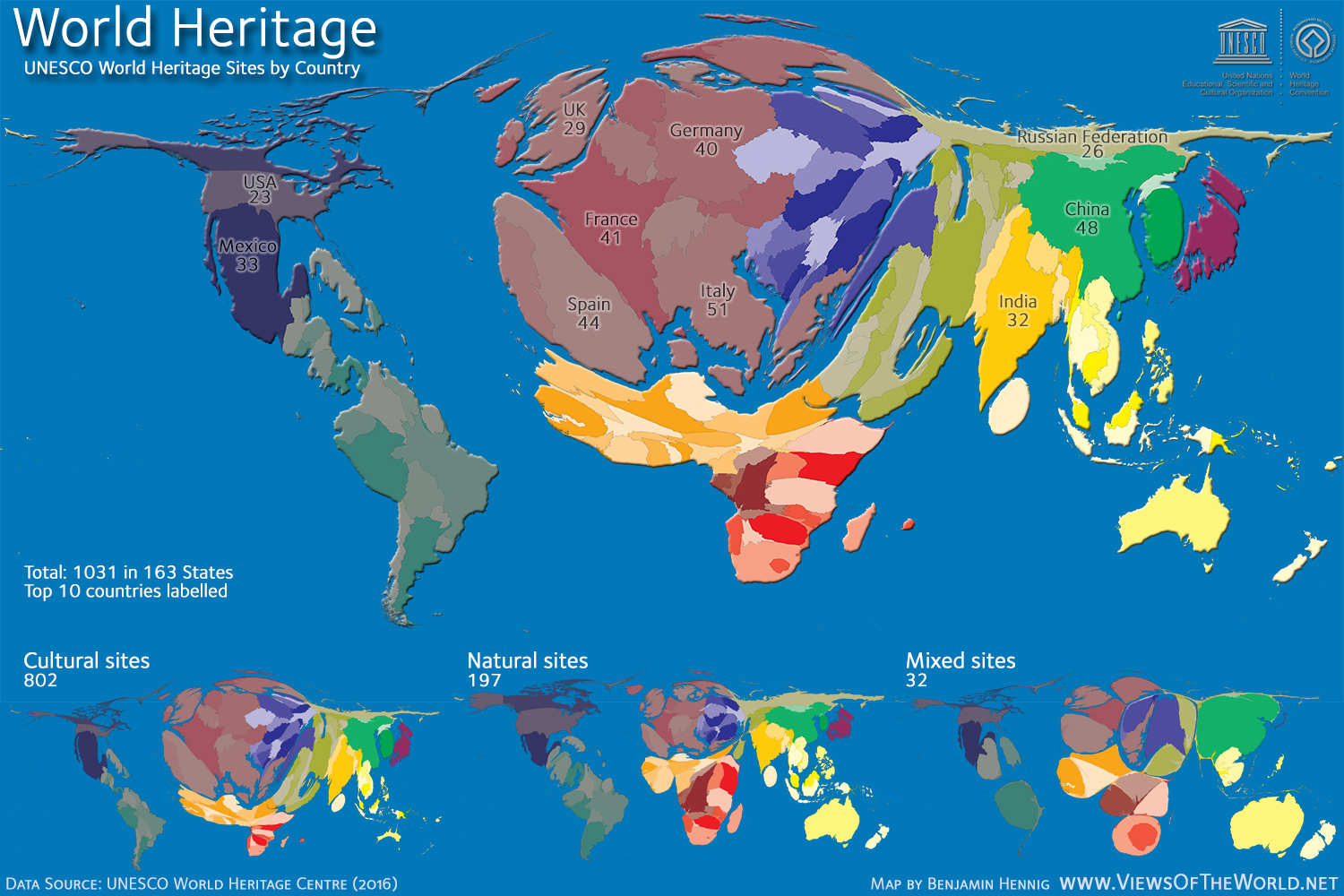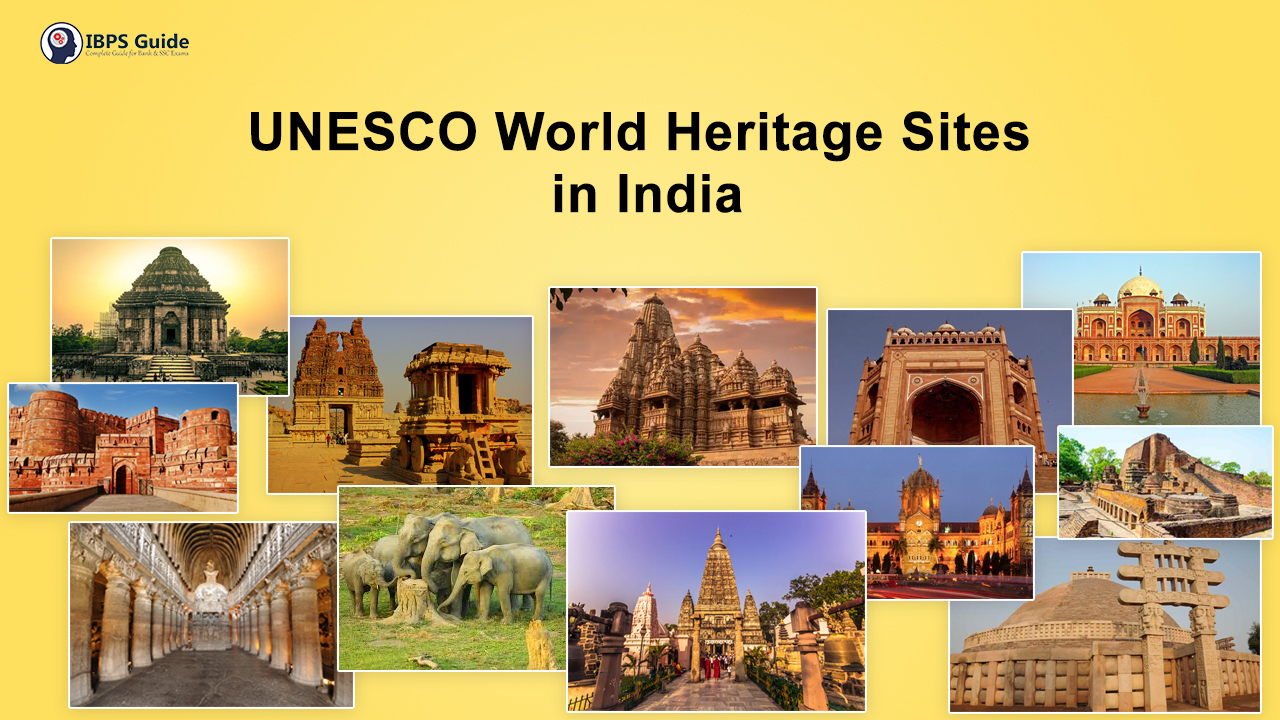
World Heritage Sites, recognized by UNESCO for their outstanding universal value, significantly influence local economies and tourism. These sites not only preserve cultural and natural heritage but also act as powerful drivers of economic growth and community development. This article explores the multifaceted impact of World Heritage Sites on local economies and tourism.
1. Boosting Local Economies
Economic Growth Through Tourism
World Heritage Sites attract millions of visitors annually, creating substantial economic benefits for local communities. The influx of tourists stimulates local businesses, including hotels, restaurants, and shops. For instance, the historic city of Kyoto, Japan, known for its numerous World Heritage Sites, has seen a significant boost in local revenue from tourism-related activities.
Job Creation
The preservation and management of World Heritage Sites often lead to job creation in various sectors. From tour guides to conservationists, the maintenance of these sites generates employment opportunities. The Great Barrier Reef in Australia, a UNESCO World Heritage Site, supports thousands of jobs in the tourism and conservation sectors.
Investment in Infrastructure
To accommodate the growing number of tourists, local governments and private entities invest in infrastructure improvements. Enhanced transportation, better sanitation facilities, and upgraded public amenities are common outcomes. The restoration and preservation efforts at Machu Picchu, Peru, have led to improved infrastructure benefiting both visitors and locals.
2. Enhancing Tourism Experience
Attracting International Visitors
World Heritage Sites have a unique appeal that attracts international tourists. The global recognition associated with these sites enhances their visibility and attractiveness. The Taj Mahal in India, for instance, is a magnet for tourists from around the world, significantly contributing to India’s tourism sector.
Promoting Cultural Exchange
Tourists visiting World Heritage Sites engage in cultural exchange, enriching their understanding of different cultures and histories. This interaction fosters global awareness and appreciation, creating a more informed and respectful international community. The preservation of traditional practices and local crafts, often linked to World Heritage Sites, also benefits from increased tourist interest.
Sustainable Tourism Practices
World Heritage Sites often promote sustainable tourism practices to protect their value while accommodating visitors. Initiatives such as limiting visitor numbers, implementing eco-friendly practices, and supporting local conservation projects ensure that tourism benefits are long-lasting. The Galápagos Islands, another World Heritage Site, have implemented strict regulations to preserve their unique ecosystems while managing tourist impact.
3. Challenges and Considerations
Managing Over-Tourism
While World Heritage Sites can drive economic growth, they also face challenges such as over-tourism. Excessive visitor numbers can strain local resources, damage the site, and diminish the quality of the visitor experience. Effective management strategies are essential to balance tourism benefits with preservation efforts. The city of Venice, Italy, has struggled with over-tourism, prompting initiatives to control visitor flow and protect its historical heritage.
Maintaining Authenticity
As tourism grows, there is a risk of compromising the authenticity of World Heritage Sites. Commercialization and modernization can erode the cultural significance of these sites. Ensuring that tourism development respects and maintains the site’s original values is crucial for sustainable tourism. The city of Luang Prabang, Laos, successfully manages tourism by involving local communities in preservation efforts and promoting responsible visitor behavior.
Economic Disparities
The economic benefits of World Heritage Sites are not always evenly distributed. Wealth generated from tourism can disproportionately benefit certain sectors or individuals, leaving others in the community without significant gains. Addressing these disparities through inclusive economic policies and community involvement is vital for ensuring that all local residents benefit from the site’s status.
4. Case Studies
The Pyramids of Giza, Egypt
The Pyramids of Giza, one of the most iconic World Heritage Sites, play a crucial role in Egypt’s tourism industry. They attract millions of visitors annually, contributing to the national economy through tourism revenue and job creation. However, managing the impact of tourism on the site’s preservation remains an ongoing challenge.
The Historic Centre of Rome, Italy
Rome’s historic center, a UNESCO World Heritage Site, showcases how World Heritage status can enhance a city’s global reputation. The site attracts tourists interested in its rich history and architecture, boosting local businesses and cultural activities. Efforts to balance tourism with preservation have led to successful initiatives in maintaining the city’s historic charm.
5. Conclusion
World Heritage Sites profoundly impact local economies and tourism, offering both opportunities and challenges. By driving economic growth, creating jobs, and enhancing tourism experiences, these sites contribute significantly to the well-being of local communities. However, it is essential to address challenges such as over-tourism, maintaining authenticity, and ensuring equitable economic benefits. Through effective management and sustainable practices, the value of World Heritage Sites can be preserved for future generations while continuing to enrich the lives of those who visit.

